Ever since the end of World War II—and the widespread prosperity that brought about a historic baby boom, a healthy middle class, and suburban sprawl—a vibrant, manicured lawn has been synonymous with the American domestic ideal. Even for the many multifamily communities built in that postwar era, whether in the heart of the city or in the commuter hinterlands, nothing says “welcome home” quite like a swath of healthy grass (with or without a literal white picket fence). From the Robert Moses ‘Towers in the Park’ concept to the abundant golf course communities throughout the U.S., developers have banked on the appeal of proximity to grass to market their units.
A couple of generations later, an expanse of green is still a major selling point for all types of housing. But the type of turf and where it is installed have changed over the years. Climate, culture, and—yes—COVID have changed what it means to have a ‘green’ community.
Grass Roots
While the options for everything from type of grass to soil composition to irrigation techniques will vary from one location to another (and sometimes even within the same community), one message remains constant from those in the know: involving a competent professional is key. Landscapers and horticulturalists can advise on the ins and outs of seeds, weeds, and feeds, as well as determine the best time, frequency, and amount of watering, and provide optimal care throughout the seasons to keep your lawn looking its verdant best.
One of those pros is Nicholas Carnovale, an account manager with BrightView Landscape Services, which provides landscape design and maintenance to co-ops, condos, HOAs, and other properties. The company has locations throughout the U.S., including New York, New Jersey, Massachusetts, Connecticut, Maryland, Delaware, Florida, Illinois, and Nevada. Of the Northeast region where he is located, Carnovale lists Kentucky bluegrass, perennial rye, and tall fescue as the most commonly grown turf grasses. Known as “cool season” species, these varieties are hardy enough for the tough winters and can go dormant in the hot summers, which Carnovale explains is a normal seasonal pattern for these grasses if they are not irrigated. (They’ll come back to life when the weather turns cooler; just don’t fertilize dormant grass, he warns.) “Each species is best used under certain conditions,” he continues. “You need to select the right species and/or a mix of species for your location.”
Matt Lindner, Lawn Care Program Director of national landscape stewards SavATree, agrees. “Different varieties thrive under different conditions,” he says. “You can’t just drive to your local Lowe’s and pick up a bag of mixed grass seed. You need to consider climate, precipitation, light, pests, maintenance, and the degree of wear your turf will undergo.” Given the size of many housing cooperatives and associations he works with in the Northeast, he continues, different parts of the same complex might have different growing conditions. For instance, if one area of the property gets full sun and has adequate irrigation, he might choose a bluegrass for that part of the landscape; if another parcel on the same property is shadier and drier, he’d plant fine fescues, “which can survive on much less water, around 3 to 4 hours of sunlight, and go dormant during times of stress.”
A professional lawn care company can also conduct a soil test. “This is the ‘blood test’ for the needs of the lawn—or, for that matter, the landscape,” says Lindner. “The results of the test will determine what inputs are required to keep your plants and lawn growing and healthy.” Clay soils, which the pros say are prevalent in New England, require more frequent core aeration, for example. This process, necessary for all lawns at least once a year in early autumn, helps loosen up soil compaction to allow water, nutrients, and air to flow down to the roots.
Carnovale contends that as long as the grass aligns with the conditions, “generally, maintenance is easy: mow once a week, supply one inch of water per week, and fertilize as needed”—generally about four to eight times per year, depending on conditions and the lawn’s particular needs, as well as the specific fertlizer’s directions. Weed control also depends on a few different factors: “For small areas,” says Carnovale, “you can hand-pull weeds, or consider applying a pre-emergent and/or post-emergent herbicide to control grassy and broadleaf weeds. Lawns can always be improved with core aeration, top dressing with compost, and overseeding in the fall to increase grass density and to help fill in thin areas where weeds can grow and take over.”
The Pros on the Pros—& Cons
Real lawns have real benefits. According to information provided by SavATree, grass can even improve air quality by absorbing carbon dioxide, car exhaust, soot, dust, and other airborne pollutants. It can also improve water quality by slowing stormwater runoff and filtering it into the groundwater supply. Healthy roots help anchor soil to the ground, protecting the beneficial top soil from erosion. A healthy lawn can also be up to 30º cooler than exposed soil, concrete, or asphalt on a hot day.
But maintaining a healthy lawn, especially in urban and high-use settings, can be challenging—and expensive. Grass has a lot of factors working against it. Climate is already a consideration, but the extreme temperatures and frequency and severity of weather events brought about by climate change wreak even more havoc on a lawn’s longevity and care needs. In coastal regions, salt from the air and storm surges burns grass and interferes with soil pH, say the experts. In colder climes, the compounds used to melt ice on streets, sidewalks, and pathways adds to the damage. Where lawns fail to thrive, weeds and pests take over, causing even further problems. All of this leads to more care and upkeep, which translates to higher water usage, more herbicide and pesticide applications, and increased gas usage and emissions. Suddenly, a lawn doesn’t look so environmentally friendly.
Kevin Dulio, president of Native Fields Landscaping LLC based in Wharton, New Jersey, confirms this. He adds that lawns in his area are particularly susceptible to weed invasions and fungi, particularly during the humid summers. And then there’s the bugs. White grubs, chinch bugs, cutworms, and sod webworms are all common Garden State lawn-ruiners. “Their infestations can be hard to identify unless you know what you’re looking for, and the damage they cause can be widespread and permanent,” if not taken care of in early stages, warns Dulio.
Lawns that are subject to a lot of wear and use—which many in residential settings are—have even more reason for concern. Even light foot traffic on a frozen or wet lawn can damage root structures and compact the soil, say the experts. So just as the weather starts to warm and everyone wants to run outside and play, the lawn is at its most fragile and must be protected if the residents want it to be green and lush through summer. As appealing as it is to have a grassy expanse for recreation and relaxation, the more activity on a lawn, the harder it is to maintain.
For many communities, this has become more apparent over the course of the coronavirus pandemic, which necessitated gathering and recreating outdoors to reduce transmission of COVID. Areas of grass that were meant to be “ornamental” have taken on different functions. Residents who might have once appreciated the green from their windows now want to use the areas for everything from aerobics to just zoning out. The explosion of “pandemic puppies” has also increased homeowner and shareholder demand for outdoor space to accommodate their pets’ needs … and has played a part in destroying plants and grasses.
Carnovale, Lindner, and Dulio all say they’ve had an increase in interest from HOA clients who want to add or reconfigure lawn spaces since the pandemic. While Dulio’s clients are more in the due diligence phase, “interested in creating new outdoor spaces and amenities for their communities, but concerned about undertaking new projects at this time,” he says, Lindner sees that, “more people are home and want to enjoy their landscapes more, thus spending more on their properties.” He points out that “a well-maintained property can also increase a home’s value by 15 to 18 percent.”
Even Better Than the Real Thing
Increasingly, a lawn’s limitations—high maintenance, high cost, environmental impact—are nudging cooperatives and associations to consider other types of ground cover. “More and more clients are looking for a low-maintenance alternative to traditional lawns,” says Carnovale. “For lightly trafficked areas, one alternative is using a low-growing sedum as a lawn space. Sedums are succulent, drought-tolerant plants that grow like weeds and need little care.” The caveat, explains Carnovale, is that “the leaves and stems are fragile and break off easily, The allotted space should be void of heavy foot traffic.”
Although landscapers usually prefer live material wherever possible, given the growing desire for usable outdoor space, says Carnovale, “we are seeing an increase in interest in artificial turf.” He explains that this option provides the look of green grass all year round “while offering the benefits of being fertilizer- and chemical-free, pet friendly, easy to maintain, and [a way to] conserve water.”
Synthetic options aren’t maintenance-free, warns Lindner, so associations looking to “go faux” should factor in the limitations of non-grass lawns as well. Artificial turf, he says, “must be irrigated to keep the surface temperature down when being used, [and] must be swept and disinfected on a regular basis,” especially when the space is used for high-intensity activity and/or by children.
QG Floral & Landscape in New York City installs artificial turf for their clients all the time—one reason being that they are predominantly on the roofs, terraces, and courtyards of city high-rises, where growing grass is not ideal or even possible in some cases. They say that artificial turf has come a long way in recent years—looking, feeling, and even smelling more like the real thing. It’s not your grandma’s astroturf anymore.
Experts at the Expo
Come visit QG Floral & Landscape and other landscape companies—as well as scores of other businesses that provide services and advice to boards, property managers, and residents of co-ops and condos—at our upcoming CooperatorEvents Expo at the New York Hilton Midtown on Wednesday, May 11, 2022! For more information and to register, visit www.coopexpo.com.
Darcey Gerstein is Associate Editor and a Staff Writer for CooperatorNews.



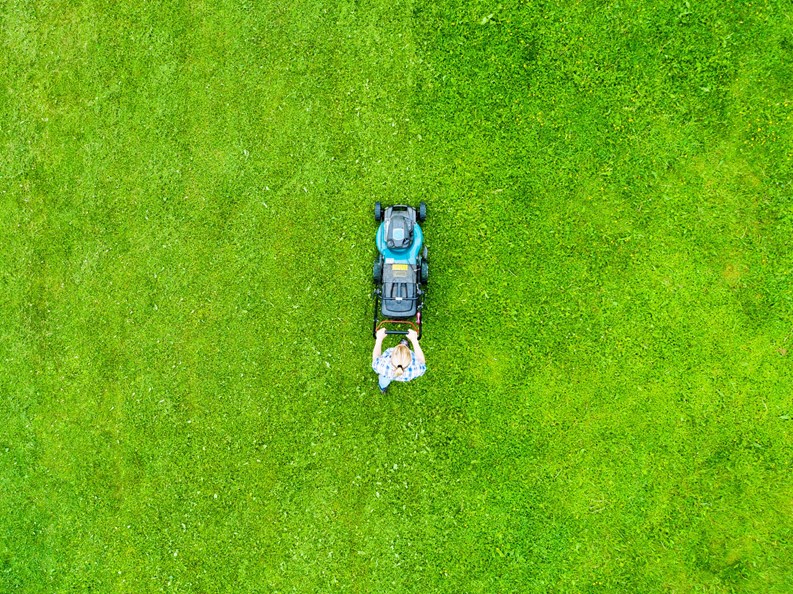
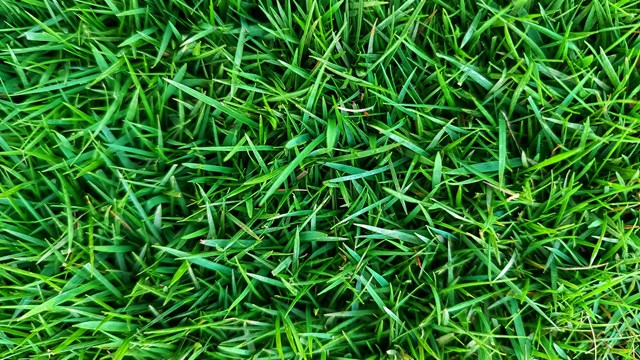
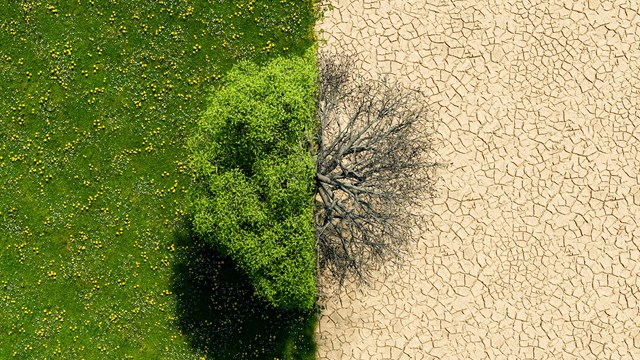
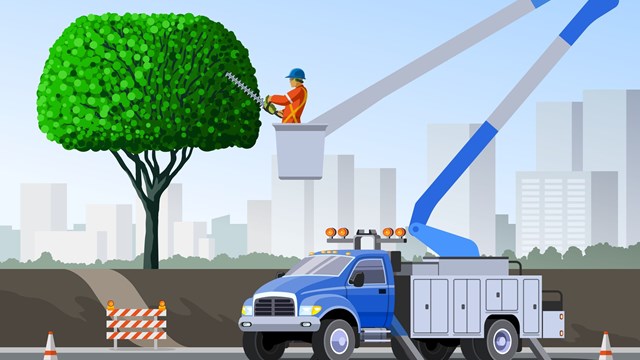
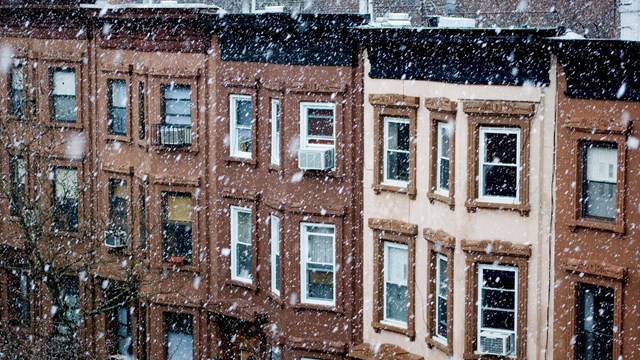


Leave a Comment